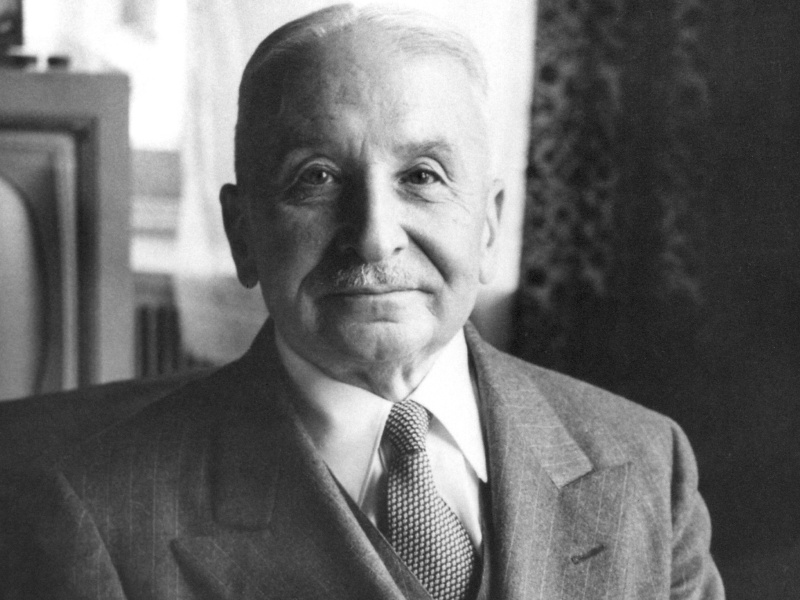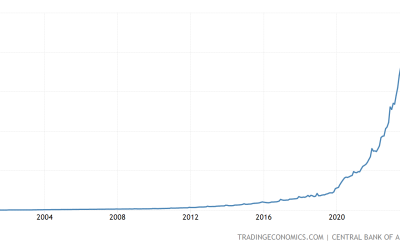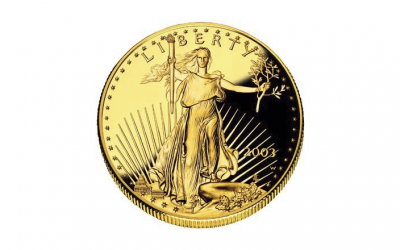If the supply of caviar were as plentiful as the supply of potatoes, the price of caviar–that is, the exchange ratio between caviar and money or caviar and other commodities-would change considerably. In that case, one could obtain caviar at a much smaller sacrifice than is required today. Likewise, if the quantity of money is increased, the purchasing power of the monetary unit decreases, and the quantity of goods that can be obtained for one unit of this money decreases also.
When, in the sixteenth century, American resources of gold and silver were discovered and exploited, enormous quantities of the precious metals were transported to Europe. The result of this increase in the quantity of money was a general tendency toward an upward movement of prices in Europe. In the same way, today, when a government increases the quantity of paper money, the result is that the purchasing power of the monetary unit begins to drop, and so prices rise. This is called inflation.
Unfortunately, in the United States, as well as in other countries, some people prefer to attribute the cause of inflation not to an increase in the quantity of money but, rather, to the rise in prices.
However, there has never been any serious argument against the economic interpretation of the relationship between prices and the quantity of money, or the exchange ratio between money and other goods, commodities, and services. Under present day technological conditions there is nothing easier than to manufacture pieces of paper upon which certain monetary amounts are printed. In the United States, where all the notes are of the same size, it does not cost the government more to print a bill of a thousand dollars than it does to print a bill of one dollar. It is purely a printing procedure that requires the same quantity of paper and ink.
In the eighteenth century, when the first attempts were made to issue bank notes and to give these bank notes the quality of legal tender–that is, the right to be honored in exchange transactions in the same way that gold and silver pieces were honored–the governments and nations believed that bankers had some secret knowledge enabling them to produce wealth out of nothing. When the governments of the eighteenth century were in financial difficulties, they thought all they needed was a clever banker at the head of their financial management in order to get rid of all their difficulties.
Some years before the French Revolution, when the royalty of France was in financial trouble, the king of France sought out such a clever banker, and appointed him to a high position. This man was, in every regard, the opposite of the people who, up to that time, had ruled France. First of all he was not a Frenchman, he was a foreigner–a Swiss from Geneva, Jacques Necker. Secondly, he was not a member of the aristocracy, he was a simple commoner. And what counted even more in eighteenth century France, he was not a Catholic, but a Protestant. And so Monsieur Necker, the father of the famous Madame de Sta




